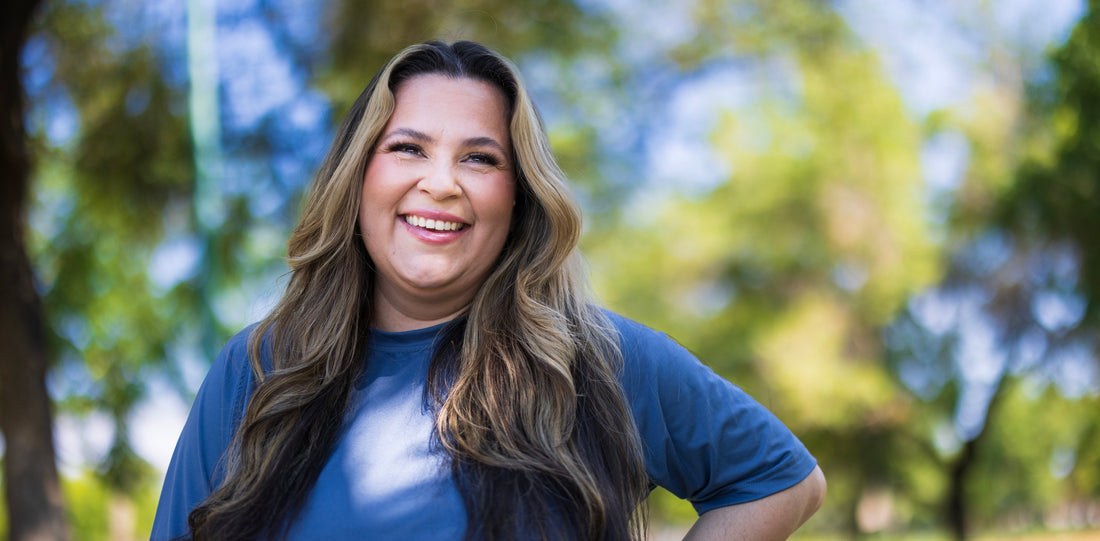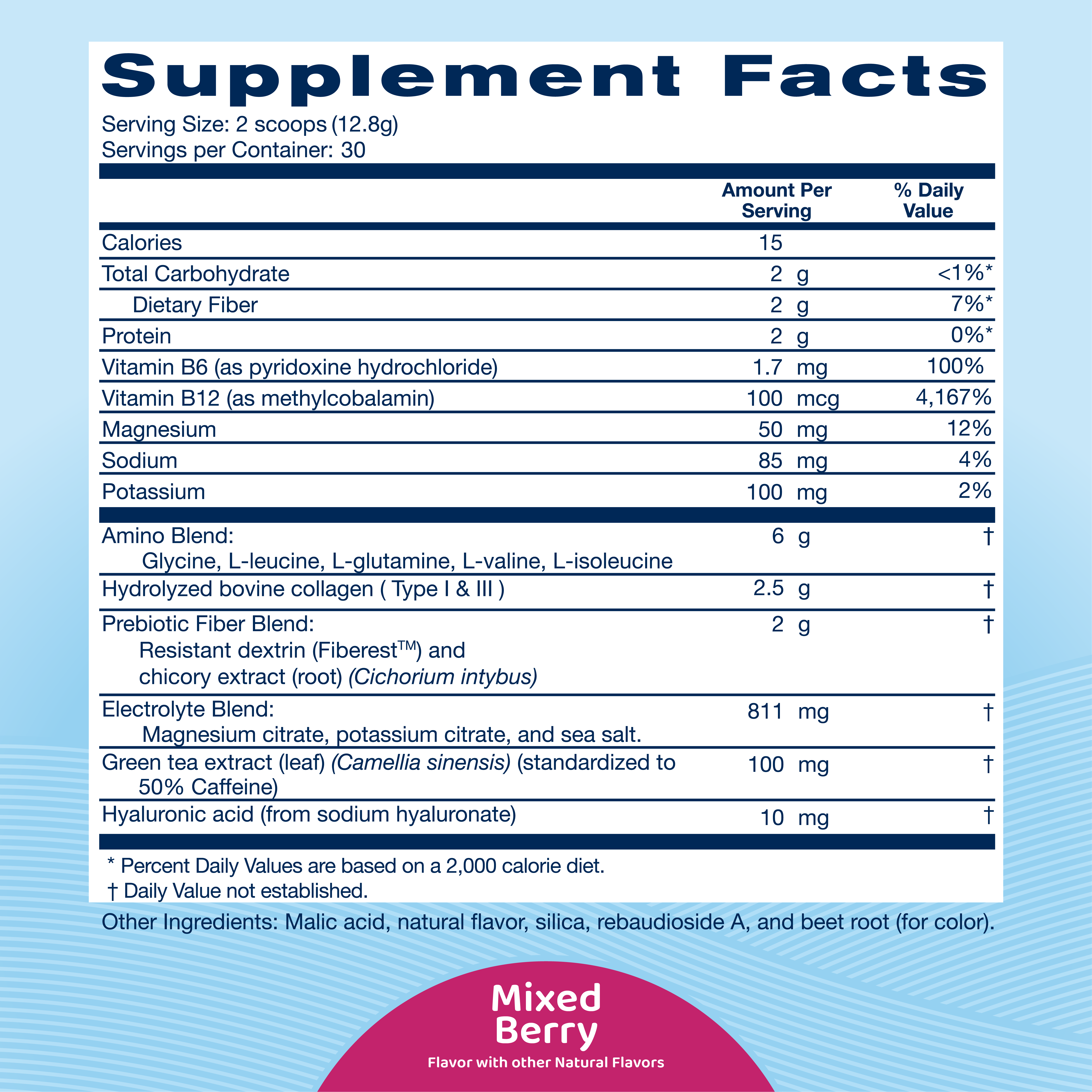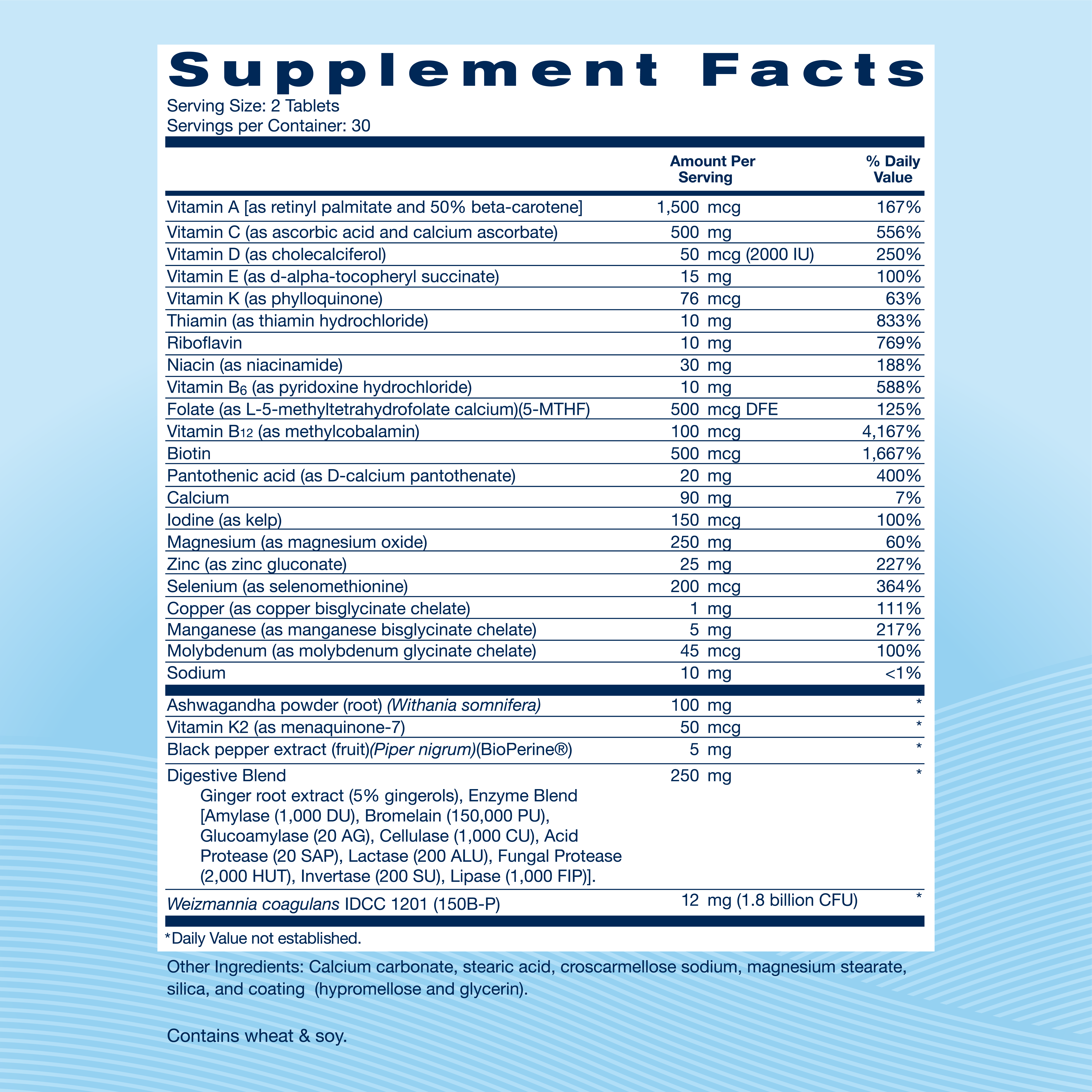
What to Expect on Your GLP-1 Journey: Real Results, Side Effects & Tips for Success
Share
Are you curious about GLP-1s? Medications like Ozempic, Wegovy, and Mounjaro have quickly become powerful tools for weight loss and diabetes management. These drugs mimic a naturally occurring hormone that helps the body control blood sugar, and millions are benefiting from the results: reduced hunger, weight loss support, and positive effects on long-term health.
However, taking a GLP-1 is not just a quick fix, and understanding how to navigate each stage of your journey will help you succeed. Here are some weight loss tips and strategies for managing side effects with confidence.
The First Few Weeks on a GLP-1: Adjusting to Change
Once you begin taking your GLP-1 medication, you'll notice your appetite starts to regulate naturally. GLP-1s help your brain recognize fullness cues again—specifically, receptors located in the hypothalamus, the part that controls appetite. When a GLP-1 medication binds to these receptors, it decreases hunger signals and increases feelings of fullness.
Additionally, GLP-1s slow the rate at which food leaves your stomach. What is the combined effect of these two reactions? You feel satisfied with smaller portions and have fewer cravings.
Side Effects and Managing Them: Getting Used to a GLP-1 Can Take Some Time
Just like any new medication, your body may need time to adjust to GLP-1s. Most side effects are temporary and improve as your system adapts.
Common early side effects include:
● Nausea or bloating
● Mild heartburn
● Diarrhea or constipation
● Dizziness or fatigue
These side effects occur for a reason, and understanding the underlying cause can help you manage them more effectively.
In addition to slower digestion, your body is also adapting to new hormone levels. This stronger communication between your gut and brain can temporarily affect how you feel. And, especially if you are eating less, your blood sugar levels can be affected as you adjust to your new normal.
What You Can Do to Feel Better as You Adjust to GLP-1 Medication
1. Work with your doctor. Start slowly, keep in touch with your doctor regarding any side effects, and adjust the dosage as needed.
2. Choose protein-rich foods. Protein slows glucose absorption, helps preserve lean muscle, and keeps you fuller longer.
3. Don’t forget to hydrate! Dehydration is common for people on GLP-1 medications, especially in the first few weeks or after a dose increase. Cues to drink water also diminish, and slower digestion leads to slower fluid absorption.
Aim for 2–3 liters of fluids daily, and consider supplementing with electrolytes. Replenza’s Daily Replenisher was developed by medical experts specifically for people taking GLP-1s. Not only does it provide electrolyte support, but it also includes other key ingredients that help your body while on GLP-1 medication. Just one refreshing drink supports muscle recovery with its unique amino acid blend, while also promoting digestive health and skin elasticity.
4. Eat a healthy diet. Greasy, fried, or high-fat foods move very slowly through the stomach on GLP-1s, which can make nausea worse. Lean proteins, fruits, and vegetables are the nutrient-packed, easy-to-digest answer!
5. Be patient. Most people find that nausea and bloating lessen once their bodies adjust to slower digestion and they become accustomed to eating slowly, avoiding overeating, staying hydrated, and following the doctor's guidance on dosage.

Weeks 6 and On: Create a New Routine for Your New Lifestyle
Once you settle into your GLP-1 medication, weight changes and metabolic changes begin to level out, which leads to more stable energy levels, improved focus, and possibly a better overall mood as well.
Now it’s time to set yourself up for long-term success and maintenance, building sustainable habits that include:
● Balanced meals. Don’t let less food intake lead to nutrient deficiency- common ones include calcium, vitamin D, iron, fiber, and B vitamins, which can contribute to symptoms like fatigue, muscle weakness, bone pain, and constipation. Be intentional about creating an eating plan and ensuring that you get the vitamins and minerals your body needs, with a focus on consuming plenty of nutrient-dense foods.
● Consider nutrition support through supplements like Replenza for gut and metabolic health. It’s a nutritional supplement specifically designed for people taking a prescribed GLP-1 treatment for weight loss. Formulated for maximum absorption, Replenza helps replenish your body with the essential nutrients it needs every day.
● Incorporate exercise into your daily routine to prevent muscle loss. It can also boost your mood! The best way to work out while on GLP-1 medication is to focus on strength training to maintain and build muscle, combined with light cardio and some high-intensity bursts (like 20-minute interval walk or run sessions) when you're ready.
Reassess goals with your provider as you continue on GLP-1s. For optimal health and comfort, remember that small daily habits matter most. Learn more about how Replenza can help you thrive while on GLP-1 therapy.


